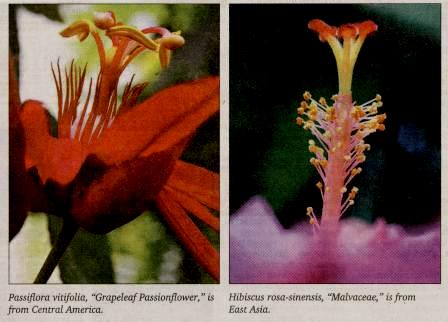
I’m not going to sugar coat it – I’ve been too cavalier in recommending iron phosphate for slugs and snails.
A few days ago Erin Harris put a comment in my post about dandelions asking whether those iron phosphate baits you can buy for slugs might also be toxic to earthworms. The answer is yes – they might. And not only that, these iron phosphate baits can also be toxic to other animals such as dogs.
How bad might these products be for dogs and earthworms you ask? I don’t think anyone knows exactly, but to my knowledge this is the most recent paper on the subject. And here’s an abstract on dog poisonings.
Now, based on the data I’ve seen on poisoning incidents, iron phosphate is less likely to poison your dog than its closest competitor, metaldehyde (though the iron phosphate seems more likely to hurt earthworms than the metaldehyde). I’m not going to stop recommending iron phosphate – Still, I can’t recommend it quite as freely as I have been in my talks — I need to add some real caveats.
So then the question is, how did I not know about the potential problems of iron phosphate? Simple. I assumed that the compounds listed on the active ingredient list were really the only ingredients I needed to think about. Silly me. Just like Round-up, and almost any other pesticide you can name, there are other ingredients that help the active ingredients work — and that could cause issues. For Round-up, the soaps mixed in there to help the product stick can hurt frogs or other amphibians. For Iron phosphate, the extra ingredient that could do some damage is EDTA.
So, you’re asking, what is EDTA? EDTA is a chemical which makes metals more soluble, called a chelate. In iron phosphate products EDTA helps the iron to be taken up into the body of the snail or slug making it work much better than it might otherwise. EDTA is also used in fertilizers so that elements (usually iron) are taken up more readily (because they’re soluble). But because EDTA makes metals more soluble, it also helps them get to places they shouldn’t go – like into an earthworms body.
Now don’t go thinking EDTA is bad. It’s not. In fact, if you ever ingest lead or some other metal you’ll be thankful for EDTA because it is used to help clear potentially toxic metals from the body. EDTA is even present in some of our foods for various reasons. That said, as with any chemical (including water!), it is possible for EDTA to do things we don’t want it to do in the wrong circumstances. And that’s why we need to be more careful with its use.
As I said before, I’m still OK with iron phosphate products, especially as they compare to metaldehyde products, but you can bet I’ll be spending more time stressing its drawbacks. I’ll also be spending more time touting beer.
For slugs of course!
Now, a question for you. These iron phosphate products are currently listed by the OMRI (Organic Materials Review Institute) and some labels list it as being safe to use around pets and wildlife. If the products include EDTA, should that be the case? (You can look up EDTA in Wikipedia if you want to see how it’s made.) Are you comfortable with using EDTA in organic production? Does it matter to you if it’s used as a fertilizer vs. as an ingredient in a pesticide?






